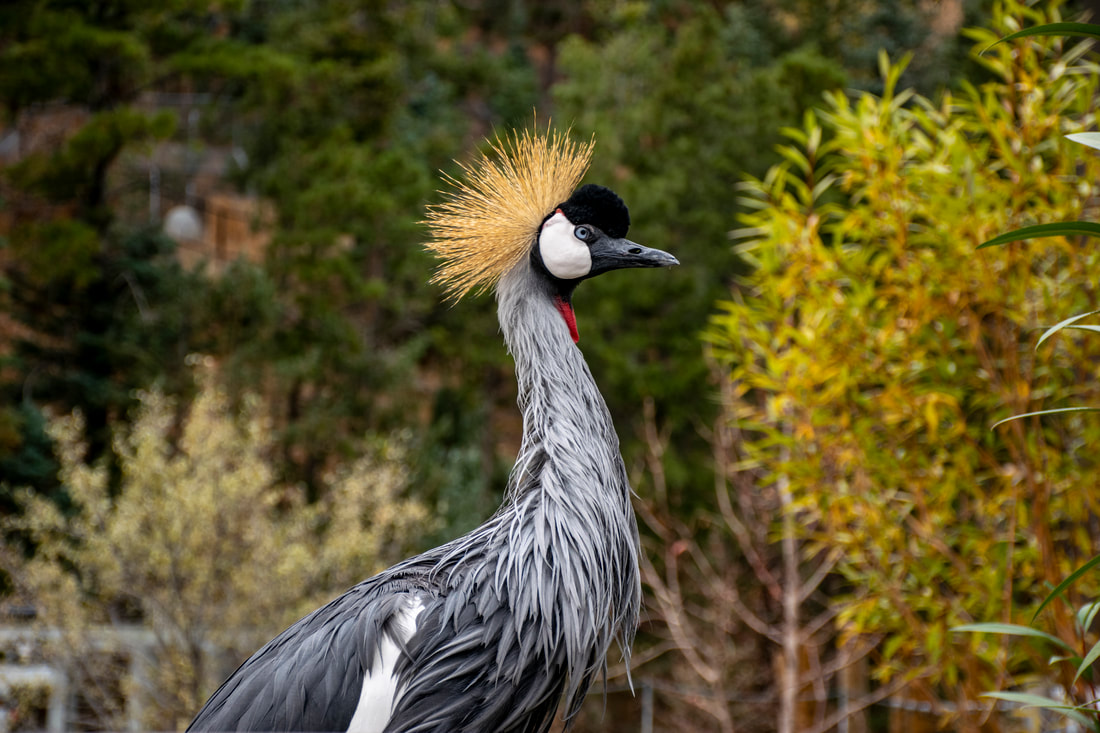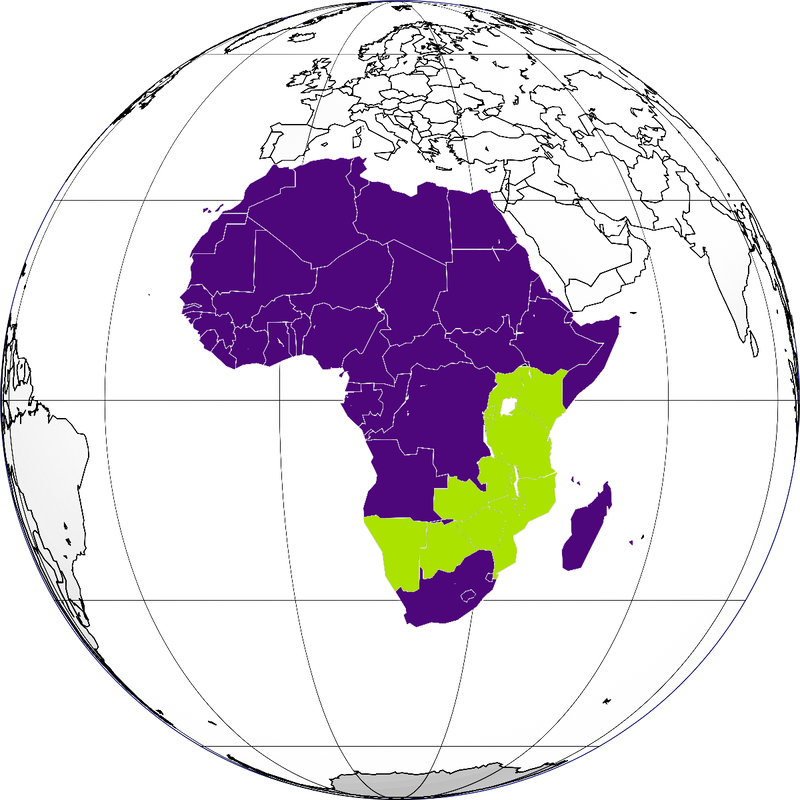|
Balearica regulorum gibbericeps The name, East African Crowned Crane, is very on the nose. As one can imagine, the bird is primarily from East Africa, and the yellow plumage on its head does resemble a crown quite well. The East African Crowned Crane is native to Africa and can be found between Northern Uganda and Kenya to Southern Zimbabwe, Botswana, and Namibia. As with most craned type birds, the East African Crowned Crane prefers to live near water. The water habitats it prefers includes wetlands, rivers and lakes. This bird enjoys stomping through wetlands, which causes the insects and other small prey to splash up making them easy to catch and devour. They also like to move in herds to scare insects and small prey into revealing their locations so that they can eat.
Though these birds tend to move in large flocks, they can vocalize loud enough to be heard three miles away. There are many different types of calls that cranes make to communicate with one another, and one of those methods is called the "Unison Call". East African Crowned Cranes mate for life, and once they have picked their life partner, they come up with their own unison call that is unique to them. Typically the male will have a series of low calls, with the female responding with a series of high pitched calls. This helps each couple mark their territories. As you can imagine, there are several pairs of cranes in each herd, and the multiple unison calls creates a chorus of sounds that can sound quite pretty to anyone within those three miles to hear it. If you would like to see an Eastern African Crowned Crane and you're in my hometown area, they have an exhibit at the Denver Zoo and at Cheyenne Mountain Zoo!
0 Comments
Leave a Reply. |
All
|


